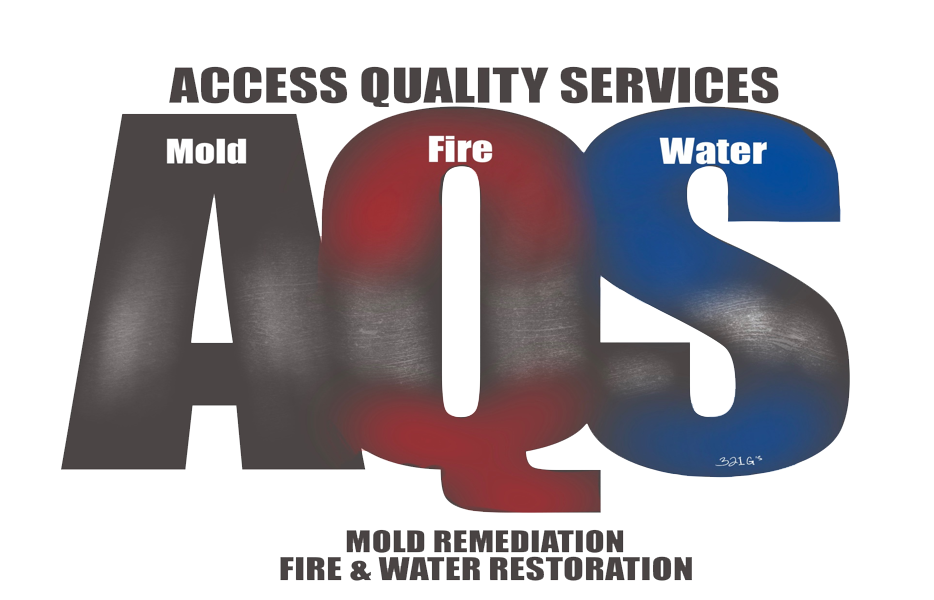Mold Remediation
Mold can quickly grow from tiny spores into gigantic problems, especially for property owners. Mold can damage your property and cause health problems for anyone who occupies that space. The health concerns caused or worsened by mold exposure include allergy attacks, respiratory infections, asthma, and more.
Getting rid of mold is not a DIY job. Your attempt to clean the mold may cause the spores to spread even further throughout your property, making the problem worse.
Mold remediation refers to the process of removing, cleaning, sanitizing, and preventing the growth of mold in indoor environments. Mold remediation is essential for maintaining indoor air quality and preventing potential health risks associated with mold exposure.
The process of mold remediation typically involves several key steps:
1. Assessment: The first step in mold remediation is to thoroughly assess the affected area to determine the extent of the mold growth and the underlying causes. This may involve visual inspections, moisture testing, and, in some cases, air quality testing to identify the type and concentration of mold spores in the air.
2. Containment: Once the extent of the mold problem is understood, the affected area needs to be contained to prevent the spread of mold spores to other parts of the building. This often involves sealing off the affected area and using negative air pressure and physical barriers to prevent the spread of mold spores.
3. Removal: The next step is physically removing the mold from surfaces and materials. This may involve removing and replacing mold-infested building materials such as drywall, insulation, or carpeting. Hard surfaces can be cleaned and sanitized using appropriate cleaning agents and techniques.
4. Cleaning and Sanitization: After the physical removal of mold, the affected area must be thoroughly cleaned and sanitized to eliminate any remaining mold spores and prevent regrowth. This may involve specialized cleaning agents and disinfectants designed to kill mold and prevent its return.
5. Prevention: Once the remediation process is complete, it’s essential to address the underlying causes of mold growth, such as moisture and humidity issues, to prevent future mold problems. This may involve repairing leaks, improving ventilation, and implementing moisture control measures.
Professionals with experience handling mold issues should do mold remediation, as improper remediation can lead to further contamination and health risks. Additionally, it’s essential to follow industry best practices and guidelines, such as those provided by organizations like the Environmental Protection Agency (EPA) and the Institute of Inspection, Cleaning and Restoration Certification (IICRC), when conducting mold remediation activities.
Leave the mold alone and call Access Quality Services. Our trained and certified experts will provide appropriate and safe services.

You Deserve Safe & Effective Mold Removal
Effective
You don't have to sacrifice effectiveness for safety. Restore the health of your property. Acting today will make tomorrow healthier for everyone.
Non-Toxic
We use innovative, cutting-edge green mold remediation products. They are safe, eco-friendly and highly effective.
Local
We’re the first and oldest disaster response and restoration service in Westchester County, founded in 1960.
What People Are Saying About Us





